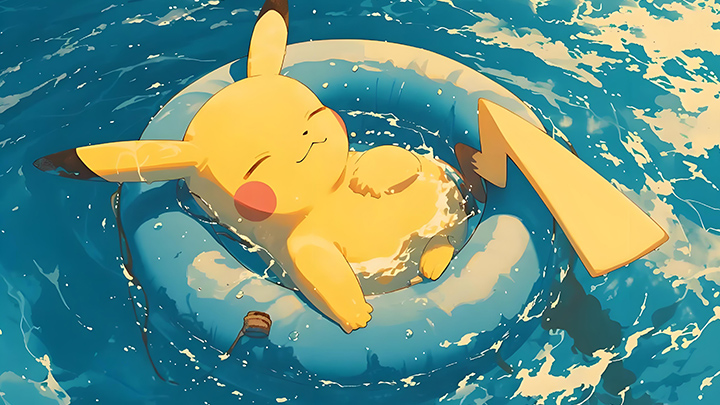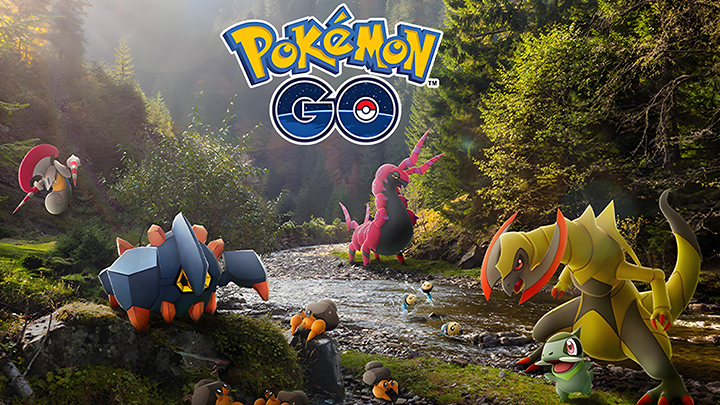How to Tell if a One Piece Card is Real or Fake
With the growing popularity of the One Piece Card Game, the market has seen an increase in counterfeit cards. For collectors and players, being able to identify genuine cards is essential to avoid scams and maintain the value of their collection. Here are some practical tips to distinguish between real and fake One Piece cards.
1. Check the Printing Quality
Authentic One Piece cards are produced with high-quality printing. Look closely at the card:
- The colors should be vibrant and well-aligned.
- The text should be sharp and clear, without blurriness.
- Fake cards often have faded colors, misaligned borders, or pixelated text due to poor printing.
2. Feel the Card Material
Original cards have a specific texture and thickness:
- They are printed on sturdy, high-quality cardstock.
- The surface is smooth with a professional finish.
- Counterfeit cards may feel flimsy, overly glossy, or have an unusual surface texture.
3. Inspect the Logo and Branding
Bandai, the official publisher, includes precise logos and trademarks on every genuine card.
- Check for the Bandai logo, copyright information, and set symbols.
- Counterfeits may have incorrect logos, spelling mistakes, or missing details.
4. Examine the Card Back
The back of a One Piece card should match the official design exactly.
- Compare with a confirmed genuine card for color, font, and pattern accuracy.
- Fake cards often have slightly different shades or altered designs.
5. Check for Holographic or Security Features
Some One Piece cards, especially rare ones, contain holographic foil or other security marks.
- Real holographic patterns are crisp and uniform.
- Fake foils often look flat, cheap, or peel off easily.
6. Verify the Serial Number or Set Code
Many cards include a set code, card number, or rarity symbol.
- Match these with official set lists from Bandai’s website.
- Counterfeits may use random numbers or repeat codes incorrectly.
7. Buy from Trusted Sources
The safest way to avoid fakes is to buy from official distributors, reputable game stores, or well-reviewed sellers.
- Avoid suspiciously low prices.
- Ask for proof of authenticity if you are purchasing rare or expensive cards.
Final Thoughts
Spotting a fake One Piece card takes a careful eye and some experience. By checking printing quality, material, logos, card back design, and holographic details, you can significantly reduce your chances of buying a counterfeit. Collect smartly, and your One Piece card collection will remain authentic and valuable for years to come.




